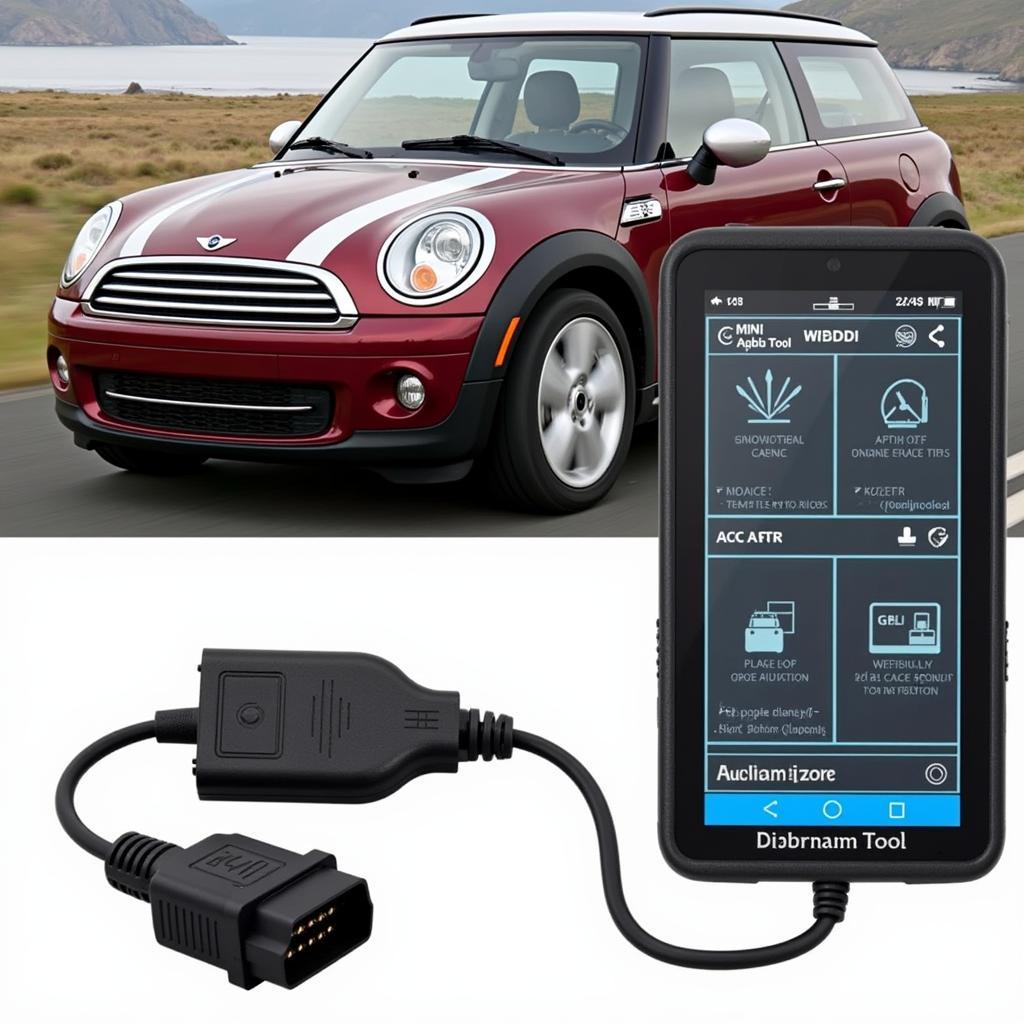Is your car battery dying a slow and mysterious death? You’re not alone. Many car owners have found themselves stranded with a dead battery, wondering what went wrong. One often-overlooked culprit could be your anti-theft system.
While designed to protect your vehicle, anti-theft systems can, in some instances, contribute to battery drain. This article will explore the ins and outs of why this happens and what you can do to prevent it.
How Anti-Theft Systems Work and Why They Can Drain Your Battery
Modern cars come equipped with sophisticated anti-theft systems that remain partially active even when the vehicle is off. These systems typically include:
- Alarms: These sound an audible alert if someone tampers with your car.
- Immobilizers: These prevent the engine from starting without the correct key.
- Tracking Devices: These help locate your vehicle if it’s stolen.
While these features offer invaluable security, they require a small but constant electrical current to function. Over time, this parasitic draw can gradually drain your car battery, especially if it’s older or already weakened.
Signs Your Anti-Theft System Might Be Draining Your Battery
- Frequent Battery Drain: If you find yourself needing to jump-start your car frequently, even with relatively new batteries, your anti-theft system could be a contributing factor.
- Warning Lights: Some cars display a flashing security or immobilizer warning light on the dashboard when the anti-theft system is active. While this is normal behavior, a constantly lit or flickering light could indicate a problem.
- Clicking Sounds: Listen carefully when your car is off. A faint clicking sound coming from the fuse box or dashboard could signal an issue with the anti-theft system’s relay, leading to battery drain.
Troubleshooting and Solutions
If you suspect your anti-theft system is draining your car battery, here are some steps you can take:
1. Check Your Battery
Before blaming the anti-theft system, ensure your battery is in good condition. Have it tested at an auto parts store or by a mechanic. An aging battery will naturally drain faster, especially in cold weather.
2. Consult Your Owner’s Manual
Your owner’s manual is a valuable resource. It often contains information about the anti-theft system, including any known issues or tips for minimizing battery drain.
3. Inspect for Faulty Wiring
Damaged or corroded wiring connected to the anti-theft system can cause excessive current draw. Inspect the wiring for any visible signs of damage.
4. Disable Non-Essential Features
If your anti-theft system has additional features like proximity sensors or automatic locking, consider disabling them if they aren’t essential for your needs.
5. Seek Professional Help
If you’re unable to pinpoint the issue yourself, it’s crucial to consult a qualified automotive electrician or mechanic experienced in diagnosing and repairing electrical problems. They can use specialized diagnostic tools to identify and address any faults within the anti-theft system. CARDIAGTECH offers a wide range of products for diagnosing car errors and can be extremely helpful in this process.
FAQs About Anti-Theft Systems and Battery Drain
Q: How much battery drain is normal from an anti-theft system?
A: A properly functioning anti-theft system should only draw a very small amount of current, typically in the milliamp (mA) range. This should not significantly impact a healthy battery.
Q: Can I disconnect the anti-theft system to prevent battery drain?
A: It’s not recommended to disable your anti-theft system unless you have a thorough understanding of the electrical system. Disconnecting it incorrectly can lead to more significant electrical issues and potentially compromise your vehicle’s security.
Q: Will a software update fix anti-theft system battery drain?
A: In some cases, software glitches within the anti-theft system can cause excessive battery drain. Check with your car manufacturer or dealer to see if any software updates are available for your vehicle’s make and model. You can find out more about how software updates can resolve anti-theft system issues with Hyundai on this page.
Conclusion
While anti-theft systems are essential for protecting your vehicle, it’s important to be aware of their potential impact on your battery. By understanding the causes of battery drain and following the troubleshooting tips outlined in this article, you can help ensure your car starts reliably and avoid the frustration of a dead battery.
If you need help diagnosing or fixing anti-theft system problems, don’t hesitate to contact Cardiagtech for expert assistance. Our team specializes in automotive diagnostics, programming, and remote software installation to get your car back on the road quickly and safely.

